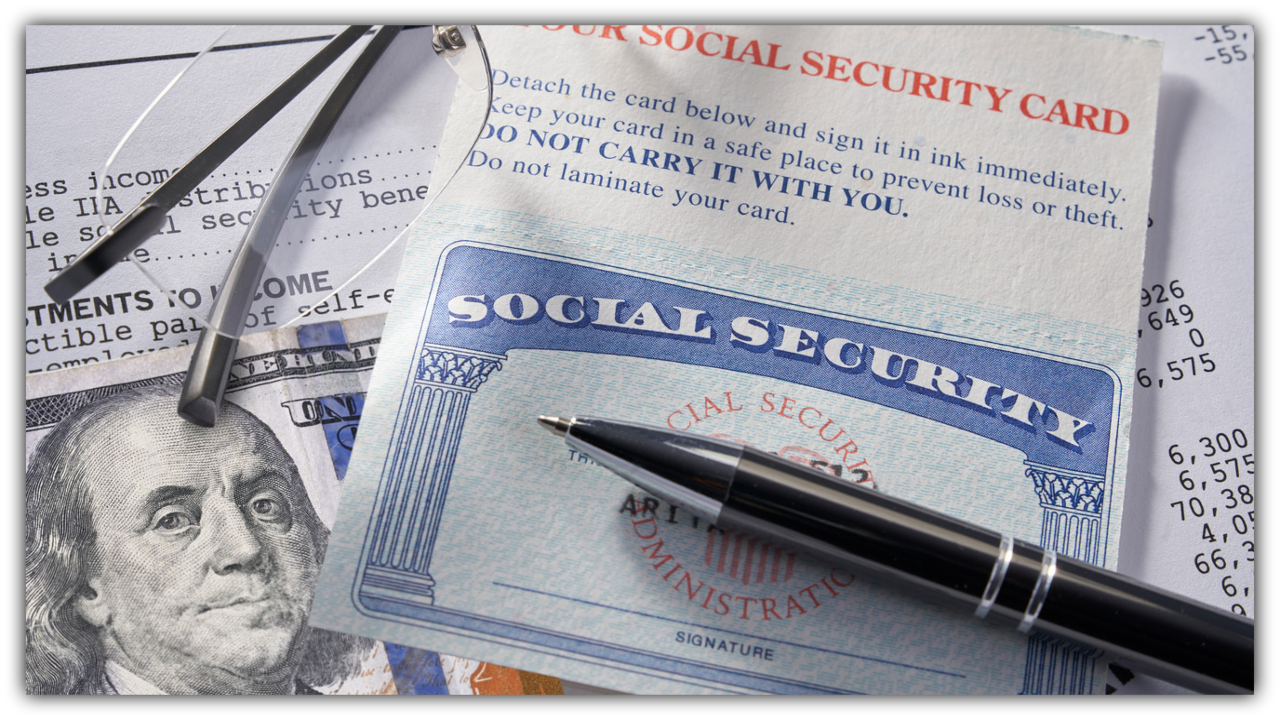Don’t Miss Out: Here’s How to Find Out Exactly What Social Security Owes You!
Let’s be real—Social Security isn’t exactly the easiest thing to wrap your head around. But if you’re working, or have worked in the past, it’s worth checking in on what you’ve earned and what kind of monthly payment you might be looking at down the road.
Here’s a simple guide to help you figure it out, without all the confusing jargon.
First, What Are Social Security Credits?
When you work and pay Social Security taxes, you’re earning something called “credits.” These are like little milestones the government uses to track whether you’ve worked enough to qualify for benefits like retirement or disability.
In 2025, you earn one credit for every $1,730 you make. You can earn up to four per year. You’ll need 40 credits to be eligible for retirement benefits—that’s basically 10 years of work.
Already worked more than 10 years? You’re probably good. But it never hurts to check.
How Do You Actually Check Your Credits?
Super easy—you can do it online in a few minutes:
-
Go to the official Social Security website: ssa.gov/myaccount
-
Create an account if you don’t already have one (it’s free and secure)
-
Once you’re in, you’ll see your Social Security Statement. This shows:
-
How many credits you’ve earned
-
Your yearly earnings history
-
What your future monthly benefit might look like based on your work so far
-
It’s your personal progress report for Social Security.

How Much Will You Get Each Month?
This part depends on a few things:
-
Your income over the years: The more you made, the more you could get.
-
When you decide to start benefits: You can start at 62, but if you wait until your full retirement age (around 66 or 67), you’ll get a bigger check.
-
How long you worked: They look at your top 35 earning years. So if you had a few lower-income years early on that get replaced later, it can boost your total.
Want a Quick Estimate?
Here are a couple of tools to play around with:
-
Your Social Security account: This gives you a personalized estimate.
-
SSA’s Quick Calculator: Go to ssa.gov/oact/quickcalc if you just want a fast ballpark number.
These tools help you plan ahead—even if retirement still feels like a distant dream.
When Will You Actually Get Paid?
Once you’re getting benefits, the timing depends on your birthday:
-
Born between the 1st–10th? You’ll get paid on the second Wednesday of the month.
-
Born between the 11th–20th? Third Wednesday is your payday.
-
Born between the 21st–31st? You’re looking at the fourth Wednesday.
Pretty straightforward once you know the schedule.
Last Thing — Double Check Everything
Your earnings history affects how much you’ll get, so take a second to make sure it’s all accurate. If anything looks off, you can report it to Social Security and have it corrected. Better now than later when it really counts.
Social Security might not be exciting to think about, but it’s a huge part of your future. Taking 10 minutes to log in, check your credits, and see where you stand can help you feel a lot more in control. It’s quick, free, and honestly—it’s kind of satisfying to see the numbers.
So go ahead, give it a look. Future you will be glad you did.


Comments are closed, but trackbacks and pingbacks are open.